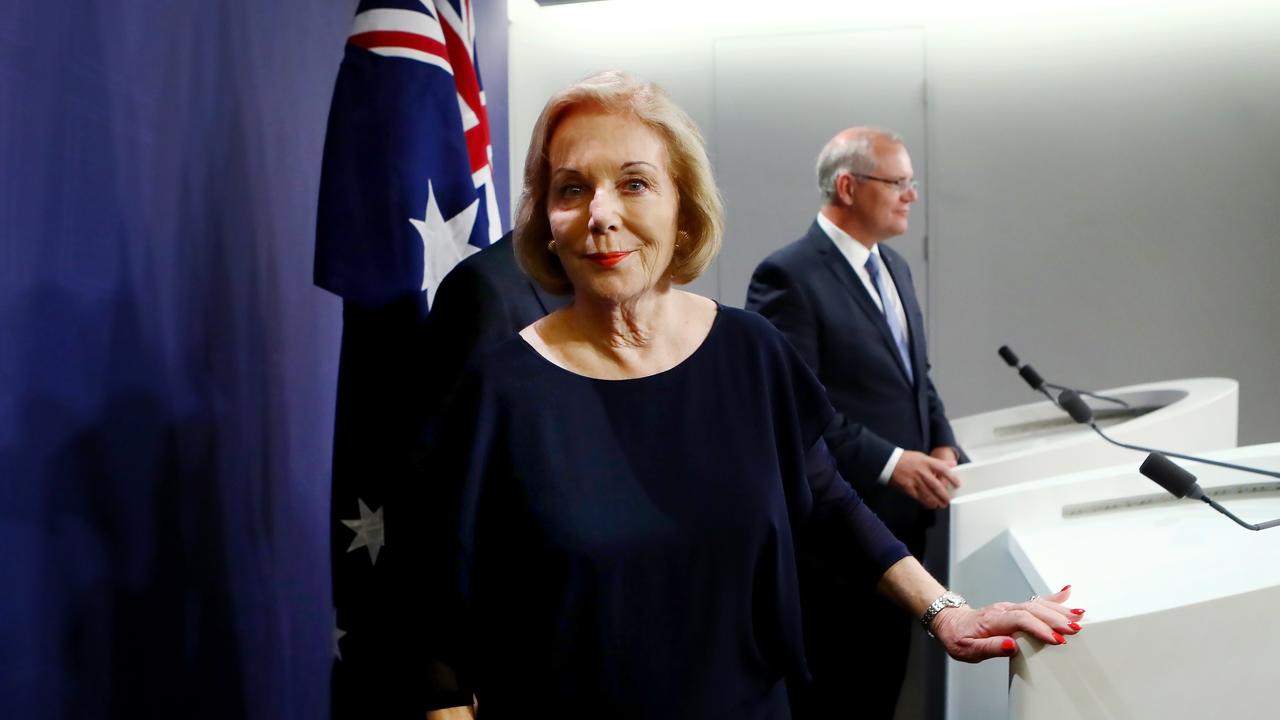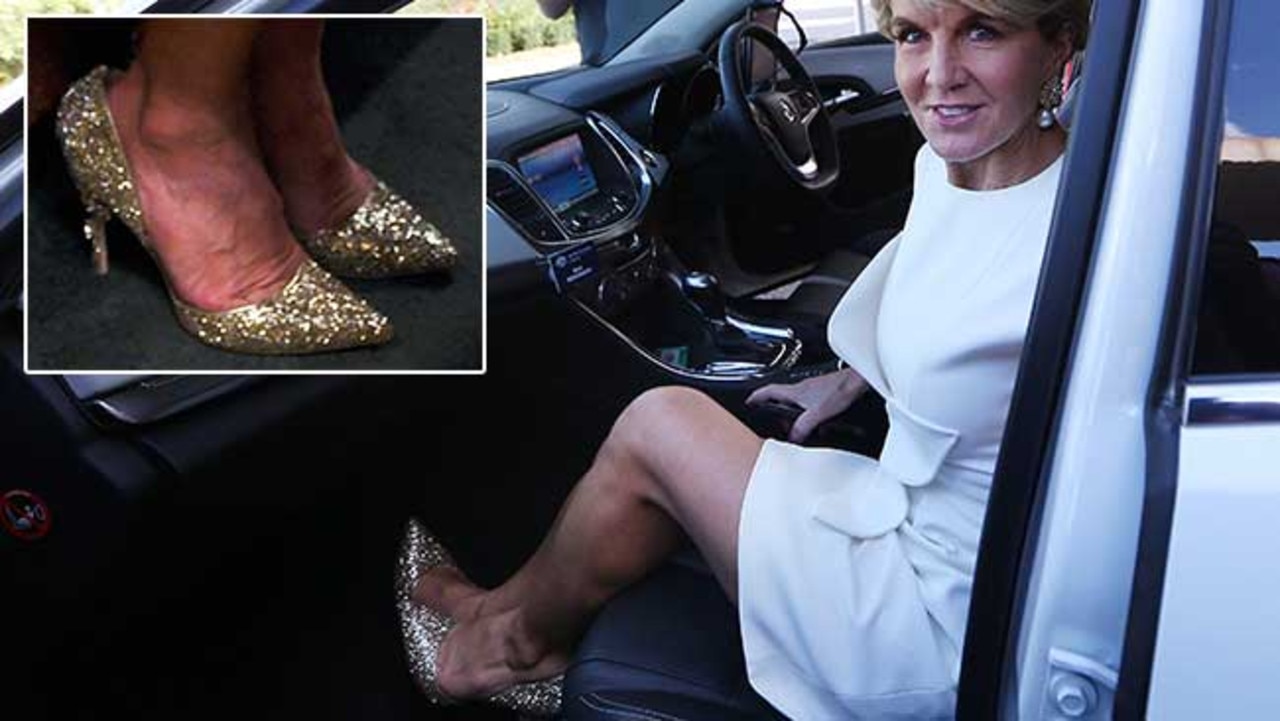
They were caged in, and therefore sitting ducks for a mass shooter with a machine gun on a tripod, sitting at his smashed-open hotel window, 32 floors above.
All that could save them was other people, most of them strangers, who resolved to do just that.
Nevada police and firefighters — the first responders to the machine-gun massacre in Las Vegas — heard about the shooting as it happened, shortly after 10pm, local time. They found concertgoers in what amounted to a steel pen, hurling themselves at cyclone fences, as they tried to escape, and they hopped right on it, helping those clinging to the wire up and over, before ripping those fences from the ground so the surging crowds of panicked people could scramble under them to safety.
Free of the “kill box” — the horrific yet accurate term of those caught inside — survivors were able to carry each other on their backs, or bits of fence, to the kerb, where Nevada-plated utilities were rolling to a stop, allowing the blood-smeared and terrified concertgoers to climb about their trays and be ferried somewhere safe.
The manager at Hooters, and at the nearby MGM Grand, held their doors open as they urged victims with blood drying in their hair to hurry, hurry, come inside.
It was in this way that so many lives were saved, even as so many died in the worst mass shooting in US history, a title — like the world’s oldest man — that forever seems ready to fall.
Russell Bleck, 28, told Fox News that he was in a VIP tent taking video of the concert when he heard what sounded like an amp cracking. Then a man standing nearby took a bullet and fell to the ground, and although the instinct of many was to run, there was nowhere to go. “People would run one way and then you’d hit a dead end. It was just a kill box,” he said. “No one could run … You were kind of getting led down like cattle would to a slaughterhouse. I saw bodies everywhere.”
Nobody yet knew it, but the shooter wasn’t in the crowd. He was on the 32nd floor of the Mandalay Bay Resort and Casino; his target was the 20,000-strong crowd at a country music festival across the street, about 350m away.
Stephen C. Paddock had checked in to the gold-tinted, 43-storey Mandalay Bay, at the southern end of the string of big hotels that line South Las Vegas Boulevard, the renowned Las Vegas Strip, four days earlier. The hotel and casino complex is next door to the Luxor, with its famed Egyptian theme; and across from the MGM Grand. He took Suite 32135, one of the hotel’s “Vista” suites, which has several living areas, and offers floor-to-ceiling windows, overlooking the Strip.
He brought more than 10 suitcases with him, but huge amounts of luggage are not unusual in Vegas, where high-rollers tend to live large, and stay a while.
Paddock was prepared: he had a hammer, for breaking the windows. He had a tripod, for the machine gun. And of course he had his guns, many of them purchased legally from Guns & Guitars, just down the road.
He waited until shortly after 10pm when country music star Jason Aldean was on stage singing When She Says Baby. That was when the first burst of gunfire hit the crowd. At 10.08pm, a police officer radioed: “We got shots fired — sounds like an automatic firearm,” and less than a minute later, “It’s coming from upstairs in the Mandalay Bay … Upstairs in the Mandalay Bay, halfway up I see the shots coming from Mandalay Bay, halfway up.”
A witness known as Jake told ABC News he had a “bird’s eye view” of the music festival from the 64th floor of a nearby hotel where he was drinking in a bar, and he saw “bodies hitting the ground. We actually watched these people getting gunned down.”
Marie Langer, 16, of Las Vegas, got to the concert early so she could get to the very front of the venue, and when the shooting started, she thought it was fireworks, but then Aldean dropped his guitar and fled the stage in terror. “A few seconds after that, everyone realised that it wasn’t fireworks,” she said. “That’s when everyone started yelling, ‘get down, get down!’ ”
There were two distinct rounds of gunfire, and between each round, the crowd surged. Melissa Ayala, 41, told The New York Times she was drinking and laughing with friends when a man near her fell, “and there was blood pouring everywhere. We were trying to take cover,” she said, “and we had no idea where to go.” Nobody did.
Photographer David Becker told the Washington Post of his surreal experience, photographing the wounded, without knowing that they had been shot, and were losing their lives.
“I stood on a table and started to shoot — thinking to myself … it’s just the speakers popping,” he said. “It was so dark I couldn’t really see what was happening. Then I started looking at my photographs and what I was seeing was just unbelievable. It had been so dark outside, I couldn’t see the details … Now I could see people covered in blood and I thought, this is real, that’s when I realised people were dying.”
Desperate fans turned in panic to the rows of portable toilets, cramming six inside, and to the food trucks which were a little better. Then came the first responders, and other faceless heroes, opening magical escape routes.
At 10.28pm, a SWAT team exploded a door-breaching device outside Paddock’s room and entered the spacious suite to find him dead. He had taken his own life.
He was everything a mass shooter normally isn’t: he wasn’t poor, he wasn’t lonely, and nor was he lost. He had homes in four states and a long-time girlfriend. He retired from paid work many years ago, and travelled all over the world. He had millions of free airline miles, and the freedom, if that is the word, to live at casinos for months at a time, making big bets. They loved him for it, so much so that they’d sometimes throw in inducements for him to return.
Now he’s dead, and what does he leave? One question. The same question, every time: why?




To join the conversation, please log in. Don't have an account? Register
Join the conversation, you are commenting as Logout